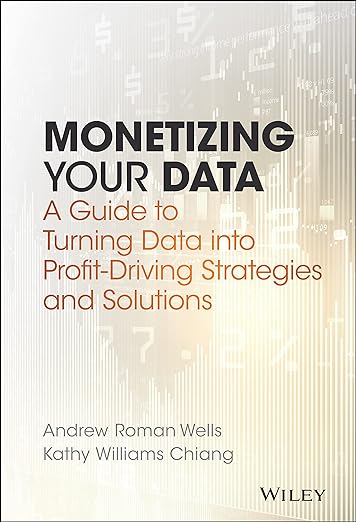In the ever-evolving landscape of data analytics, efficiency and accuracy are paramount. As organizations grapple with vast amounts of data, the need for robust tools to extract, clean, and analyze data has become increasingly crucial. Among the plethora of options available, Python Pandas stands out as a formidable powerhouse, empowering data analysts and scientists to streamline their workflows and unearth valuable insights. In this article, we delve into the myriad benefits of leveraging Python Pandas for data extraction, highlighting its versatility, speed, and ease of use.
Unlocking Data Potential with Python Pandas
At its core, Python Pandas is a high-level data manipulation tool built on top of the Python programming language. It provides fast, flexible, and expressive data structures designed to make working with structured (tabular, multidimensional, potentially heterogeneous) and time-series data intuitive and straightforward. Pandas excels in handling diverse data formats, including CSV, Excel, SQL databases, JSON, and more, making it a versatile choice for data extraction tasks.
Streamlined Data Extraction Process
Python Pandas simplifies the data extraction process, allowing analysts to load data from various sources effortlessly. With just a few lines of code, users can read data into Pandas data structures such as DataFrame and Series, providing a cohesive interface to work with tabular data. Whether retrieving data from flat files, databases, or web APIs, Pandas offers a unified approach, reducing the complexity of data ingestion and preparation.
Data Cleaning and Transformation Made Easy
Data quality is paramount in any analytical endeavor, and Python Pandas excels in facilitating data cleaning and transformation tasks. Its extensive suite of functions and methods enables users to handle missing values, perform data imputation, remove duplicates, and apply custom transformations with ease. Additionally, Pandas offers powerful string manipulation capabilities, facilitating text preprocessing tasks essential for natural language processing (NLP) projects.
Flexible Data Manipulation
One of the most compelling features of Python Pandas is its flexibility in data manipulation. With Pandas, users can perform a wide array of operations, including filtering, sorting, grouping, aggregating, and pivoting data, empowering analysts to extract meaningful insights efficiently. Whether conducting exploratory data analysis (EDA) or preparing data for machine learning models, Pandas provides the tools necessary to manipulate data structures effortlessly, unleashing the full potential of your datasets.
Enhanced Performance and Scalability
Python Pandas is engineered for performance, leveraging optimized algorithms and data structures to deliver impressive processing speeds. Thanks to its integration with underlying libraries such as NumPy, Pandas can handle large datasets efficiently, minimizing computational overhead and ensuring smooth execution even with massive data volumes. Moreover, Pandas supports parallel processing and distributed computing through integration with frameworks like Dask, further enhancing scalability and performance for demanding tasks.
Seamless Integration with Data Visualization
In the realm of data analysis, visualization plays a pivotal role in conveying insights effectively. Python Pandas seamlessly integrates with popular data visualization libraries such as Matplotlib, Seaborn, and Plotly, enabling users to create insightful charts, graphs, and interactive plots directly from Pandas data structures. This tight integration facilitates the exploration of data patterns and trends, empowering analysts to communicate their findings visually with stakeholders.
Comprehensive Documentation and Community Support
Python Pandas boasts extensive documentation and a vibrant community of users and contributors, making it accessible to both novice and experienced data practitioners. The official Pandas documentation provides comprehensive guides, tutorials, and examples, serving as a valuable resource for learning and troubleshooting. Moreover, the active community fosters knowledge sharing through forums, discussion groups, and open-source contributions, ensuring that users have access to timely support and insights.
Embracing the Power of Python Pandas
Python Pandas emerges as a game-changer in the realm of data extraction and analysis, offering a potent blend of versatility, efficiency, and ease of use. By leveraging Pandas, organizations can streamline their data workflows, extract actionable insights, and drive informed decision-making. Whether you're a data analyst, scientist, or business professional, embracing Python Pandas empowers you to unlock the full potential of your data, propelling your organization towards success in the data-driven era. So, why wait? Dive into the world of Python Pandas and revolutionize your approach to data extraction and analysis today!

